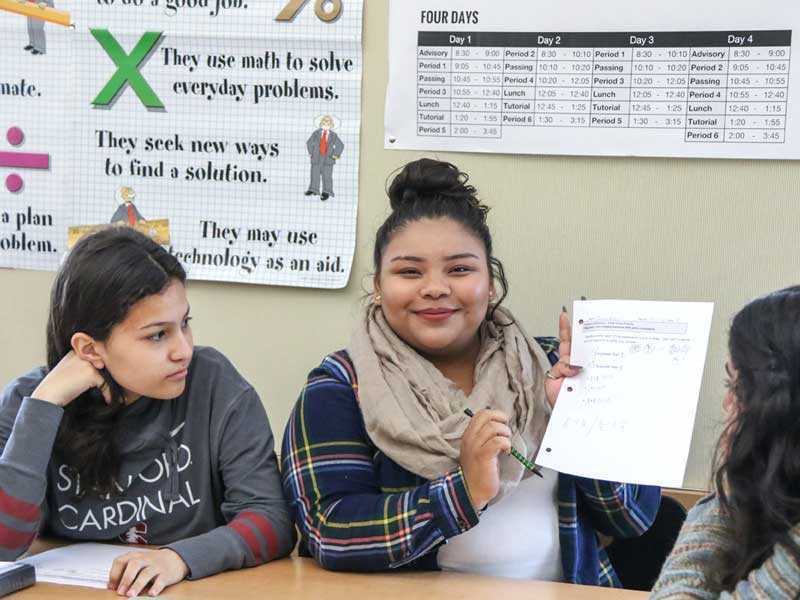Context
When engaged in writing tasks, students must grade their own work and have a partner grade their work before submitting it to the teacher for final review. This enables students to reflect upon their work and revise as needed. In addition to improving student output and metacognitive knowledge, this practice can also lead to student dialogue around why a different score was given between the creator and team member.
Peer Grading: Discussing Rubric and Assignment
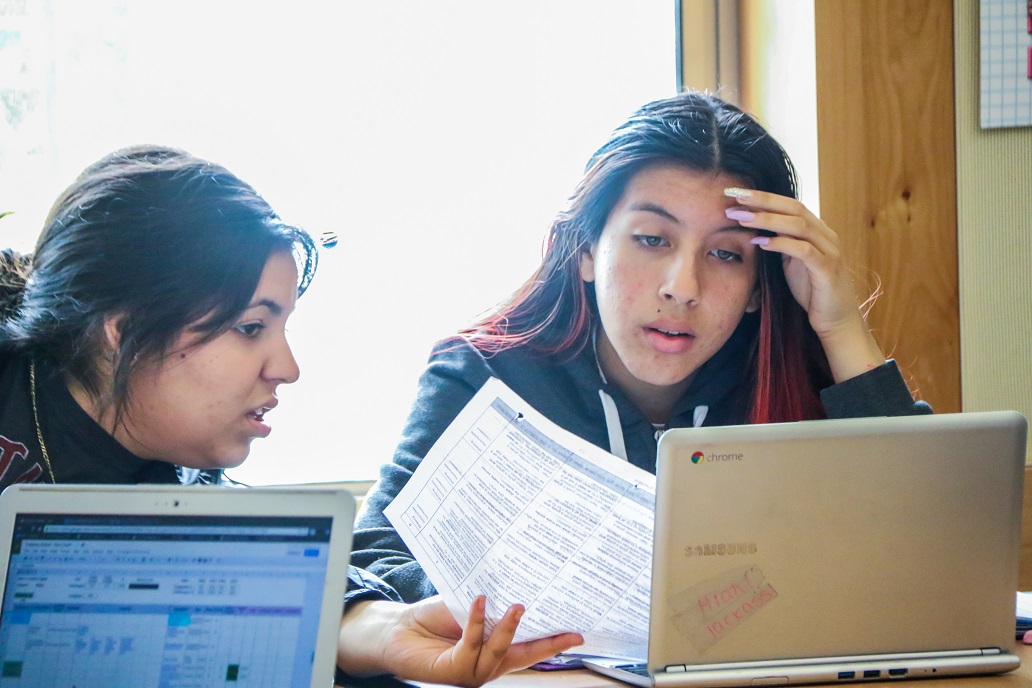
Student Does
- Grades their own written work, such as a writing task.
- Has a teammate grade their work after they have.
- Discusses any discrepancies between the two grades with the teammate.
- Submits student-graded work to the teacher.
Teacher Does
- Checks to make sure both the student and a teammate have reviewed and graded the work.
- Reviews and provides the final grade for the student’s work.
Technology Does
- Gives students access to shared documents and resources
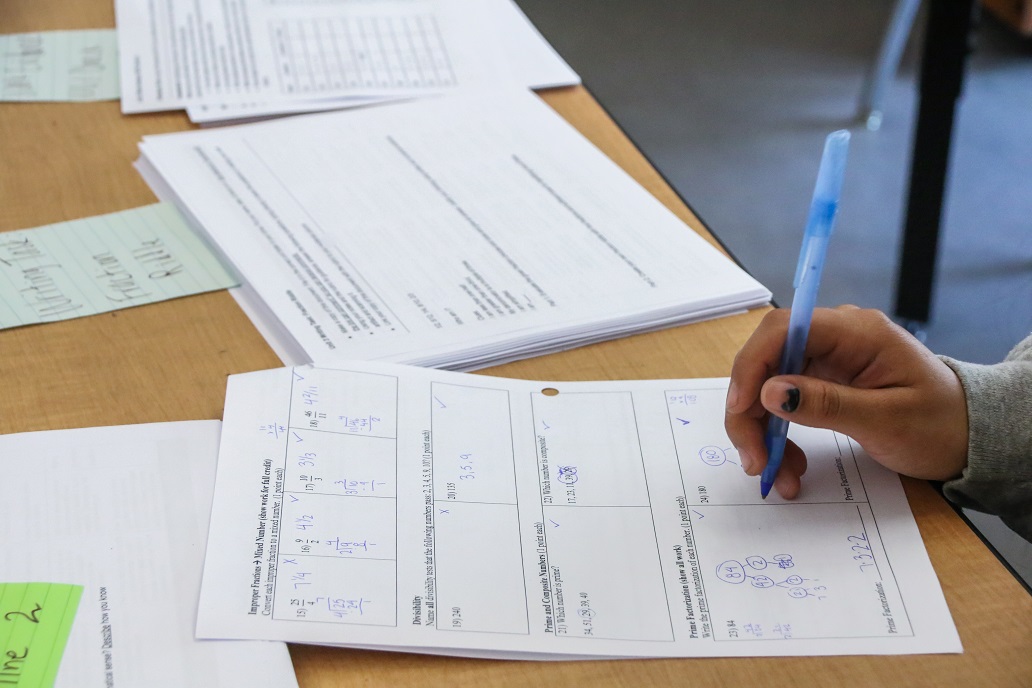
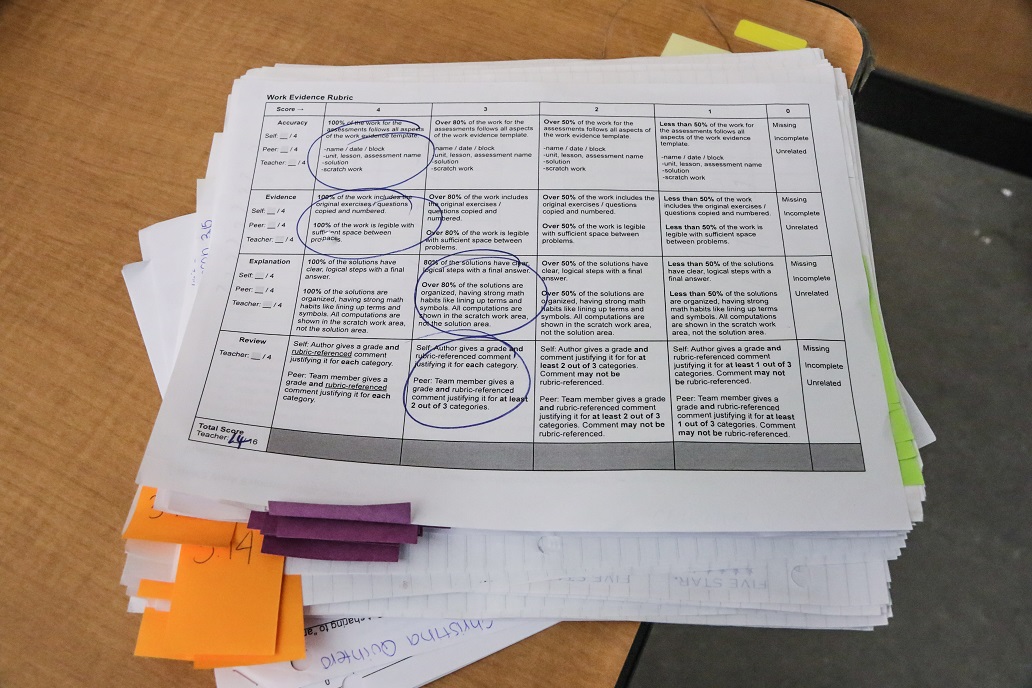
Strategy Resources
Student Perspective on Peer Grading at LPS Richmond
A student shares how peer grading through "team checks" works to help her get better... Learn More
LPS Writing Assessment
This is a sample writing assessment for Navigator Math. Learn More
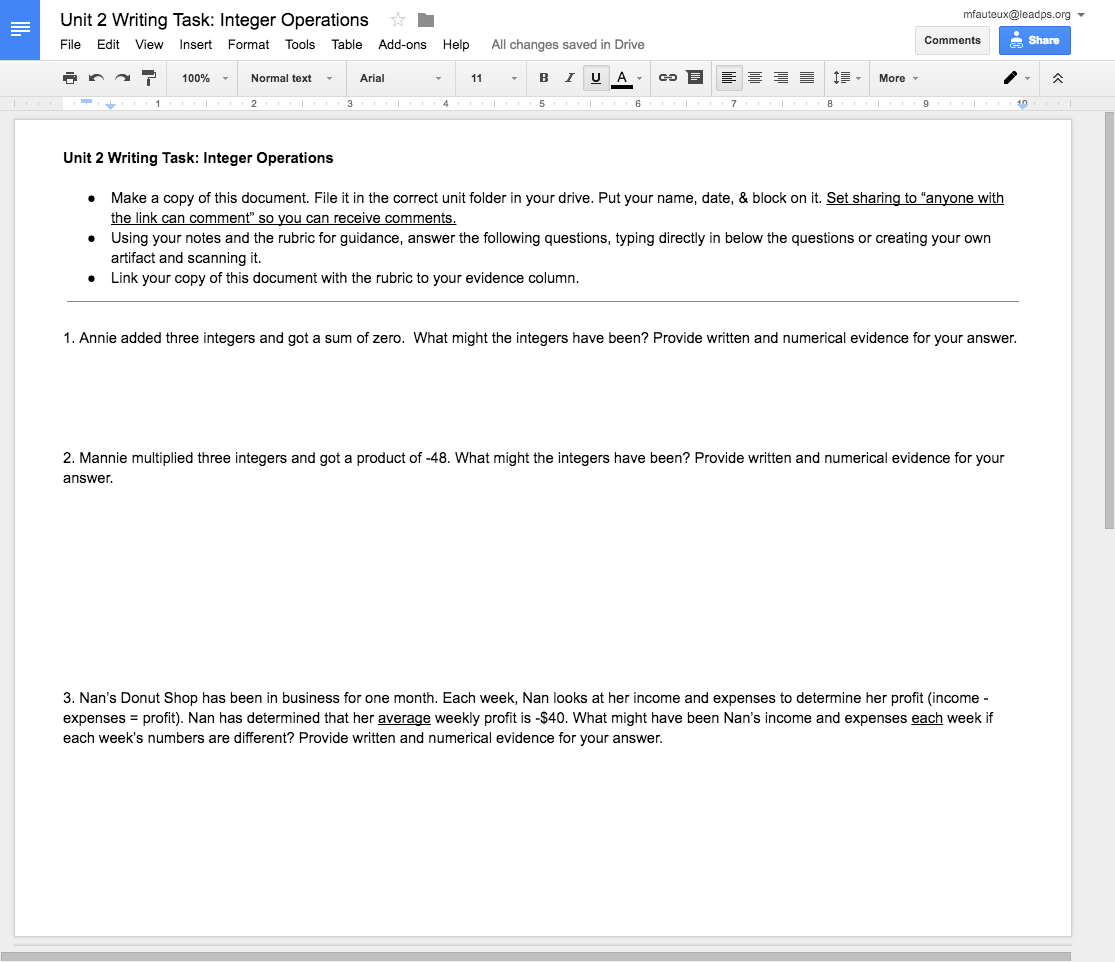
LPS Scoring Rubric
This is a sample rubric used to score assessments and student work. Learn More
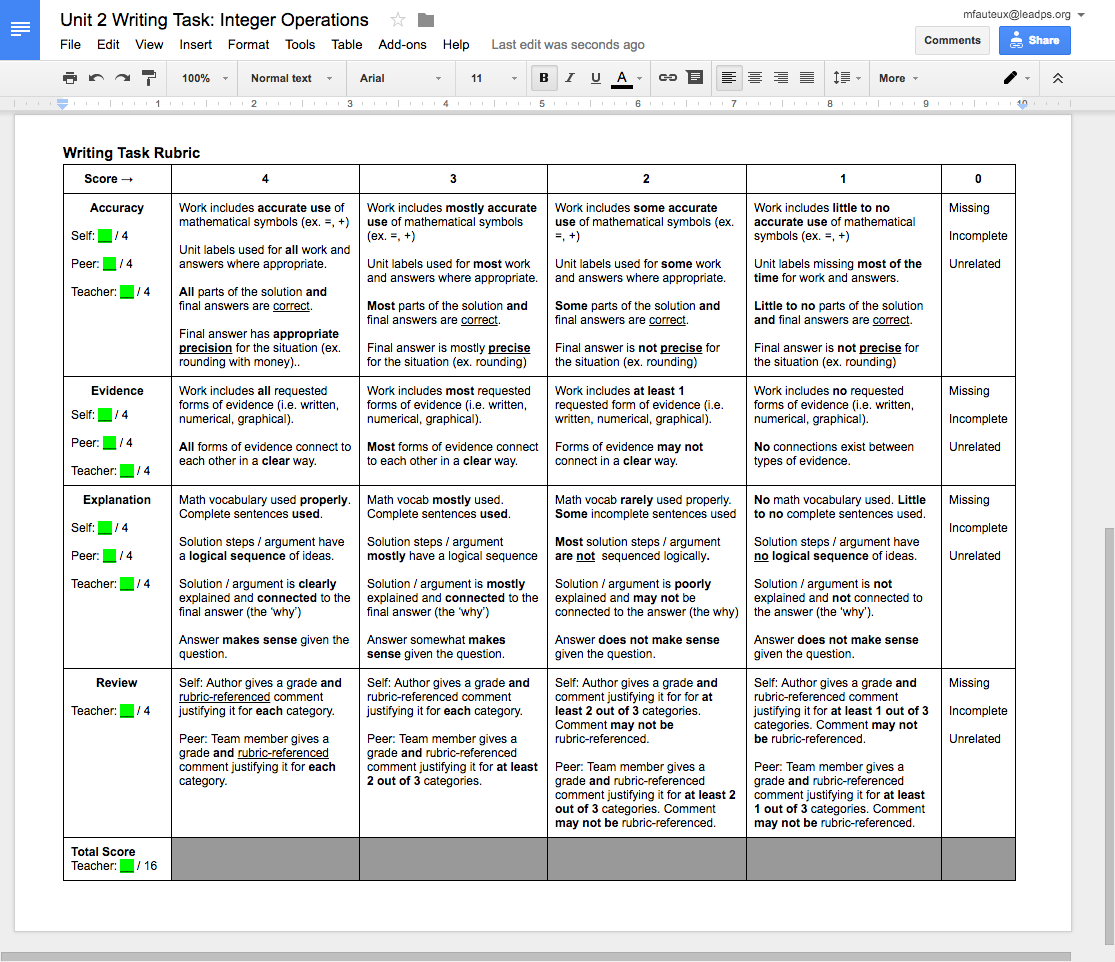
LPS Class Example: Exam Reflection Template
LPS uses a template to help students reflect after taking an assessment. Learn More
